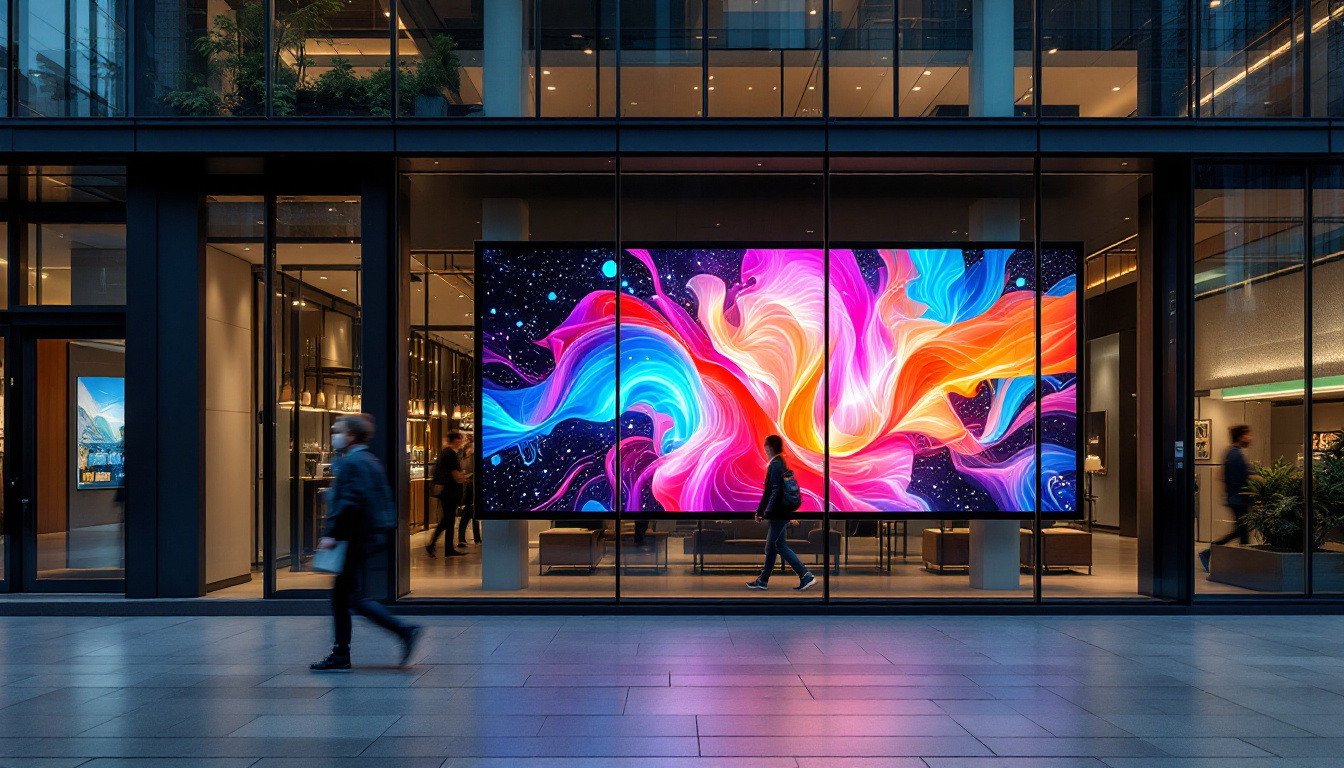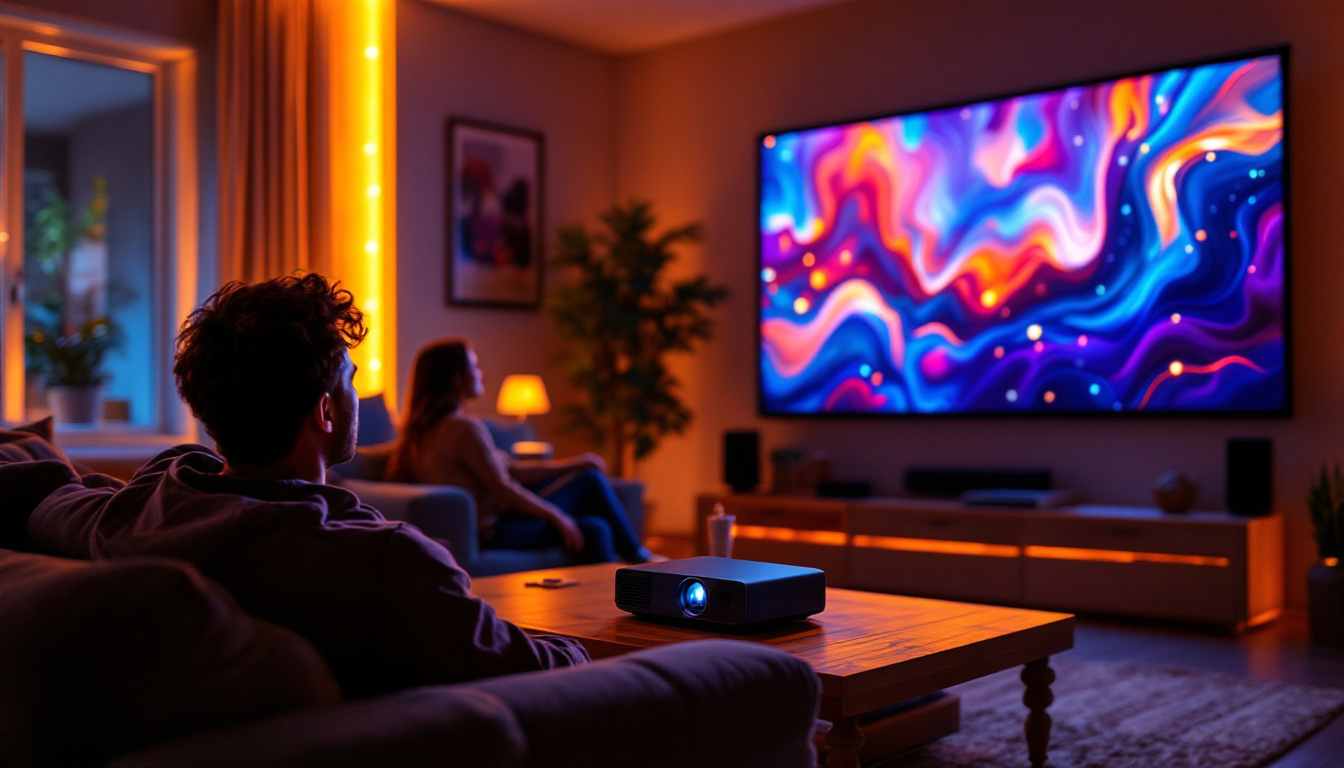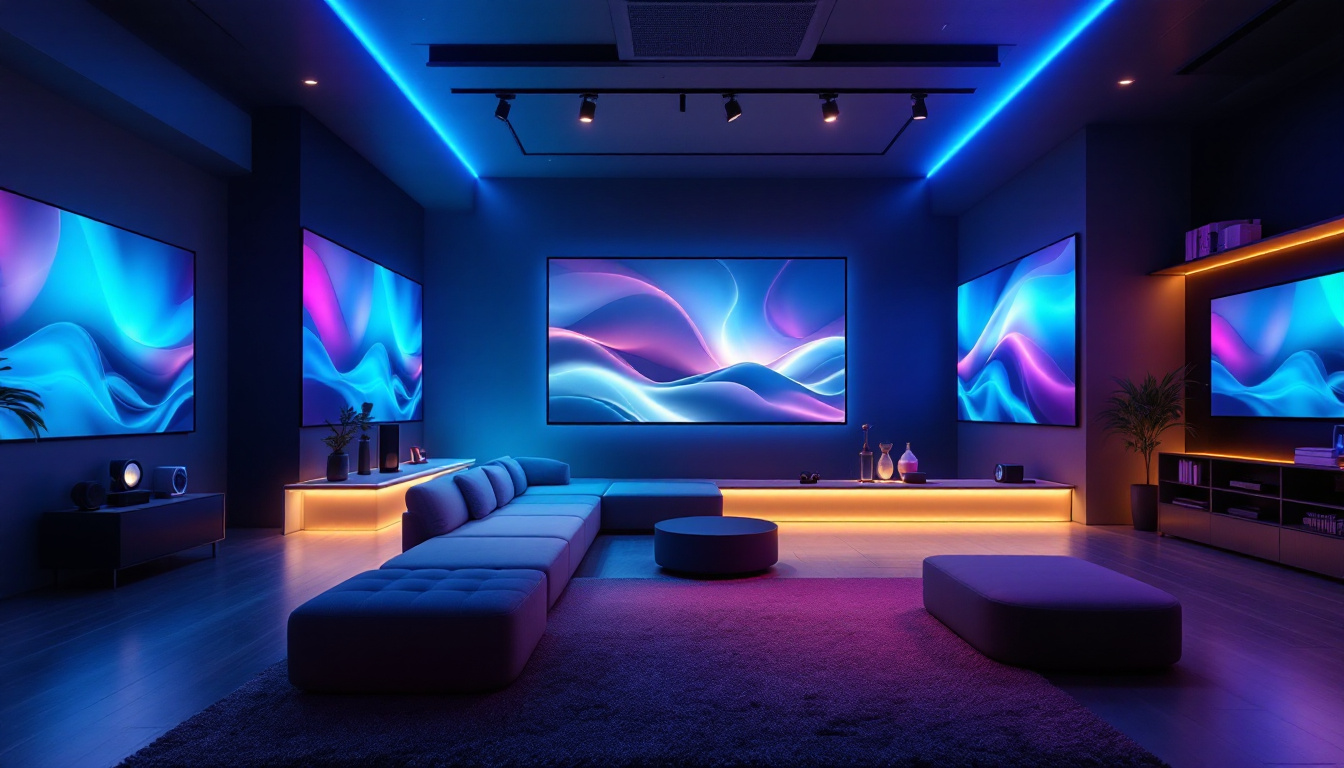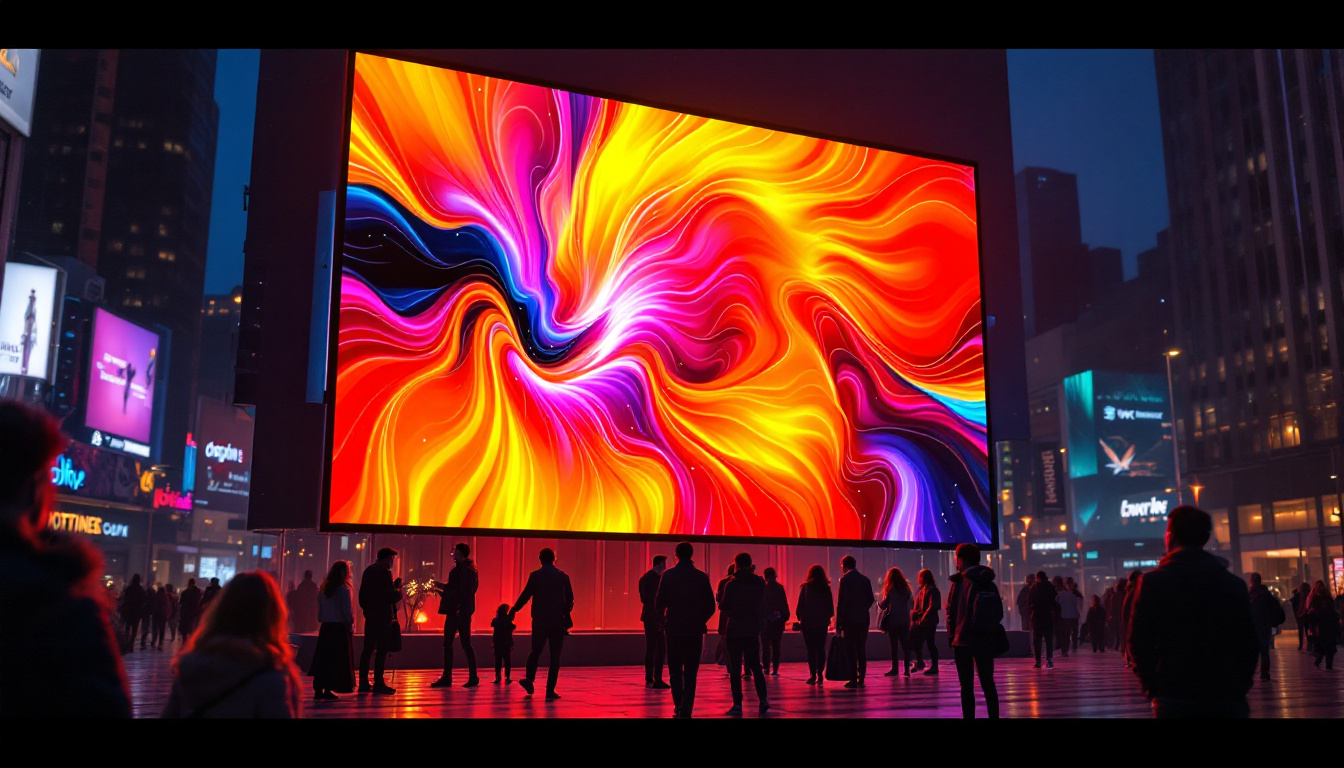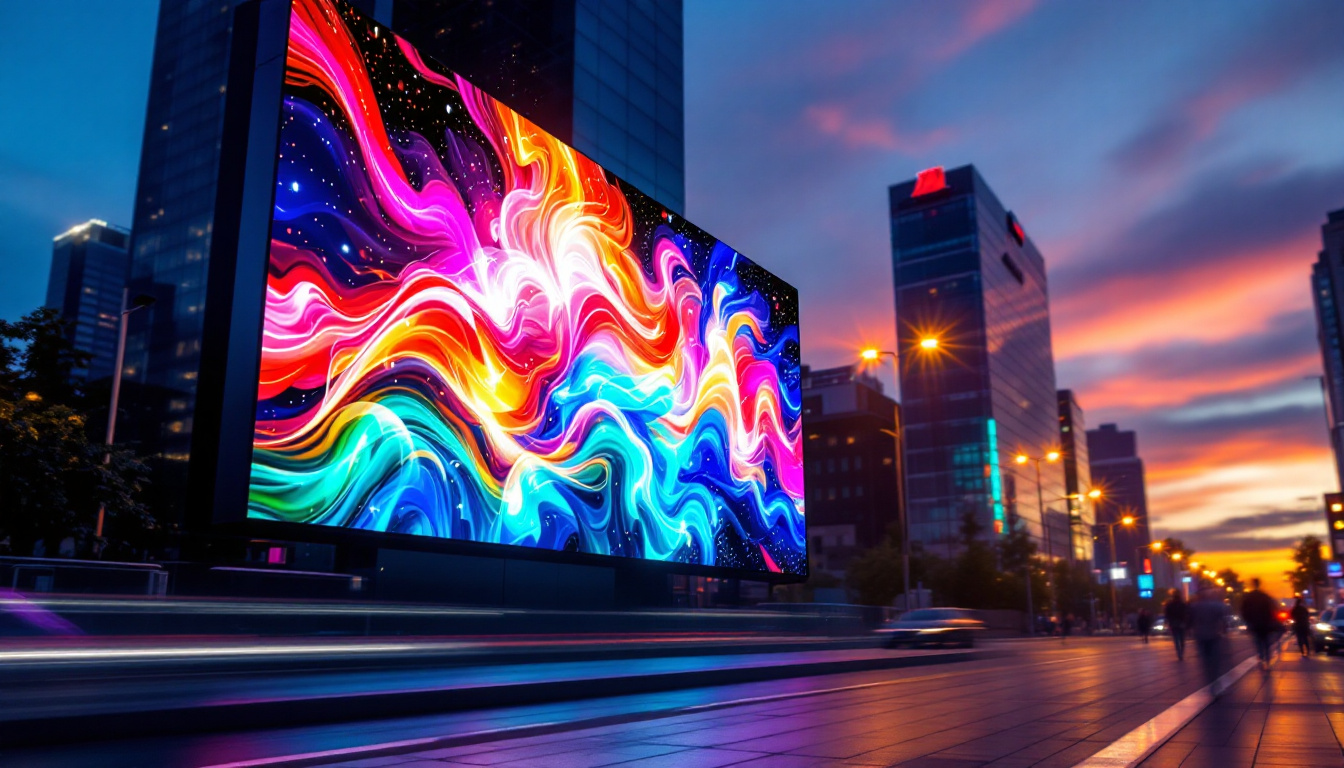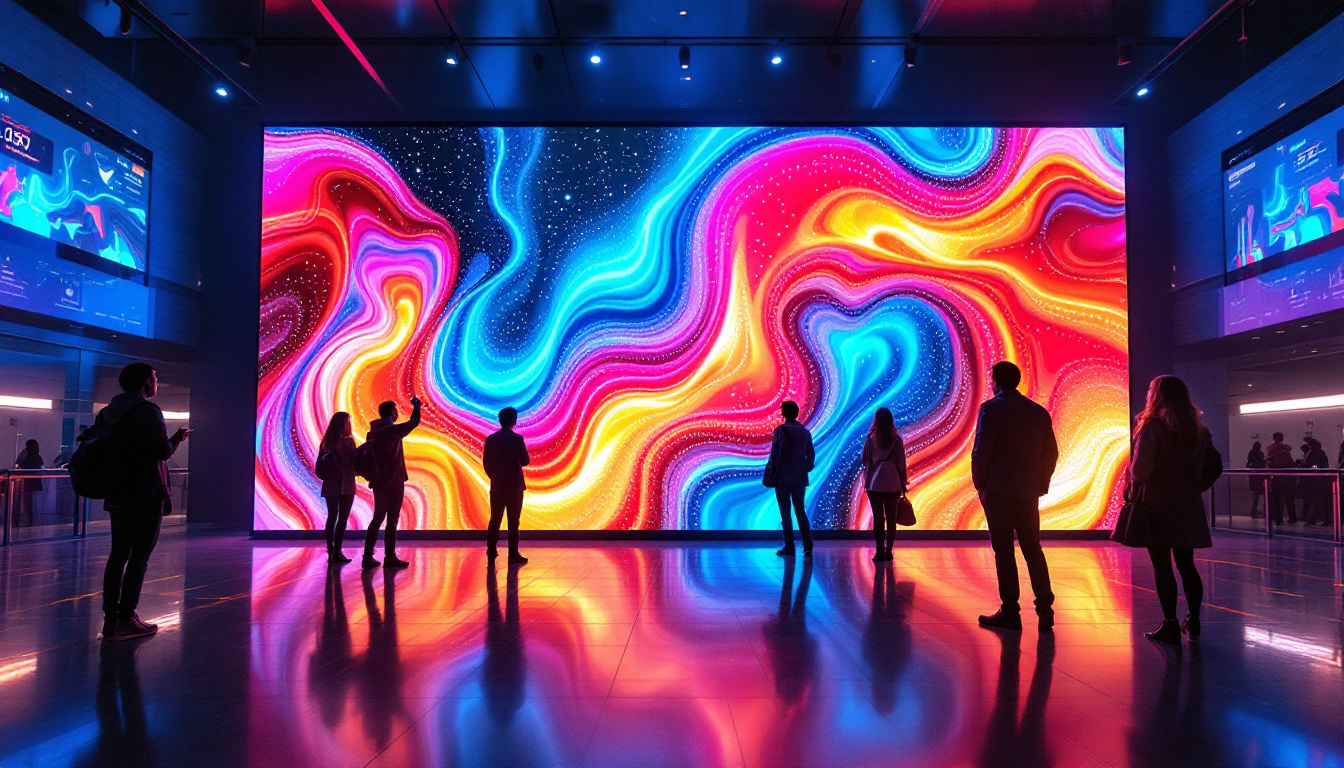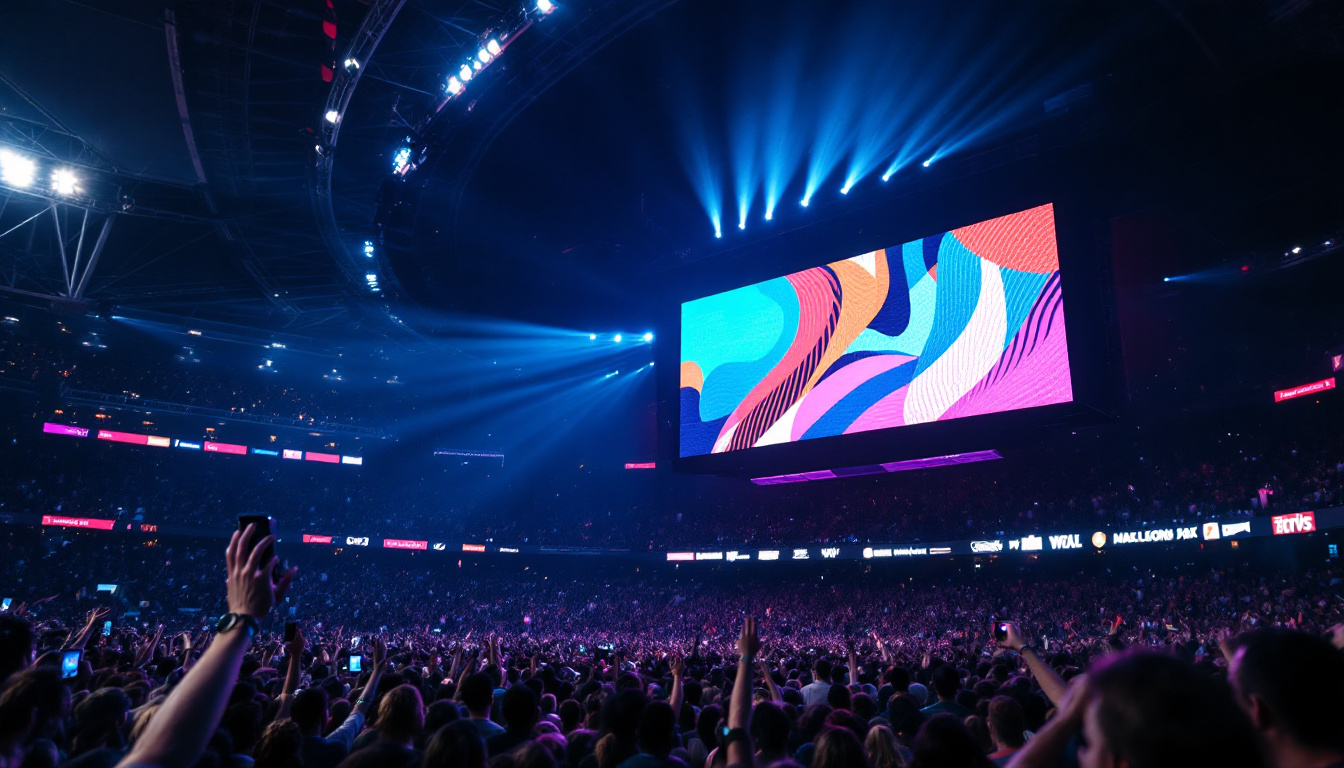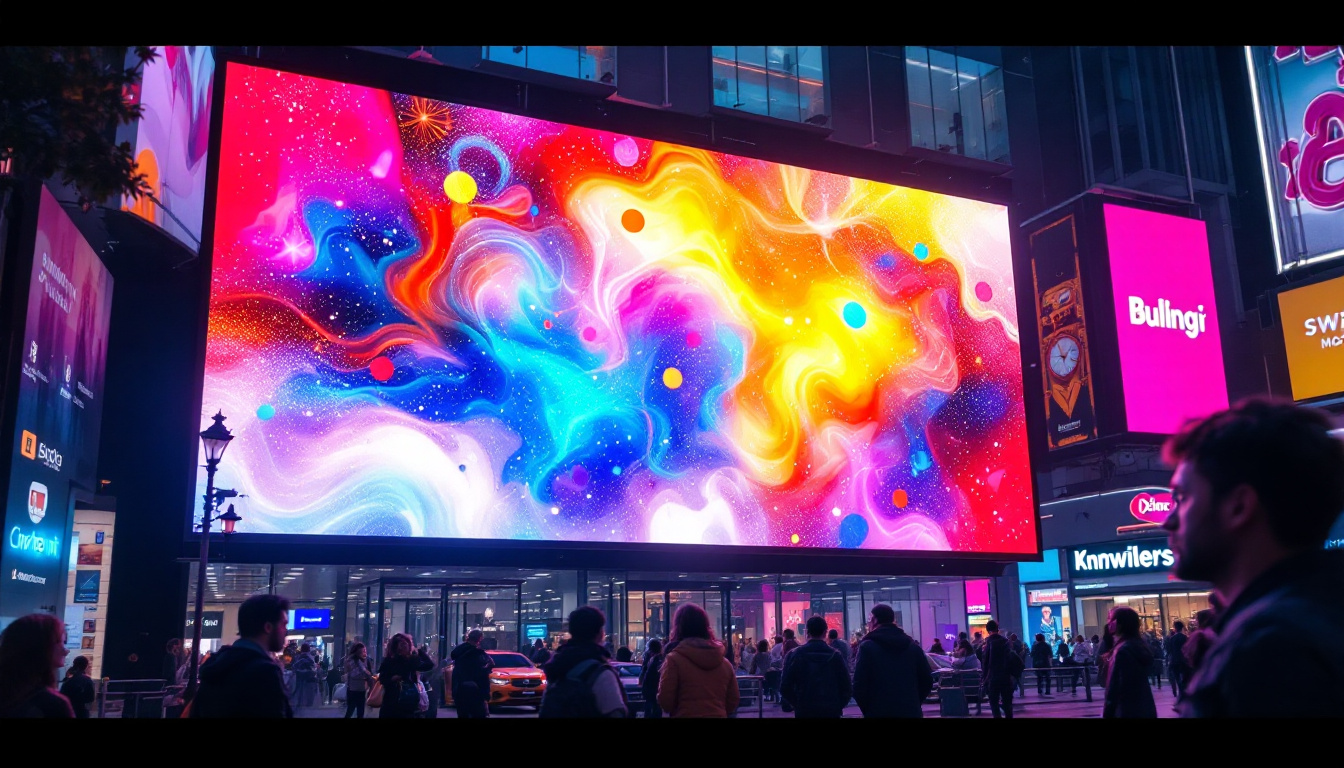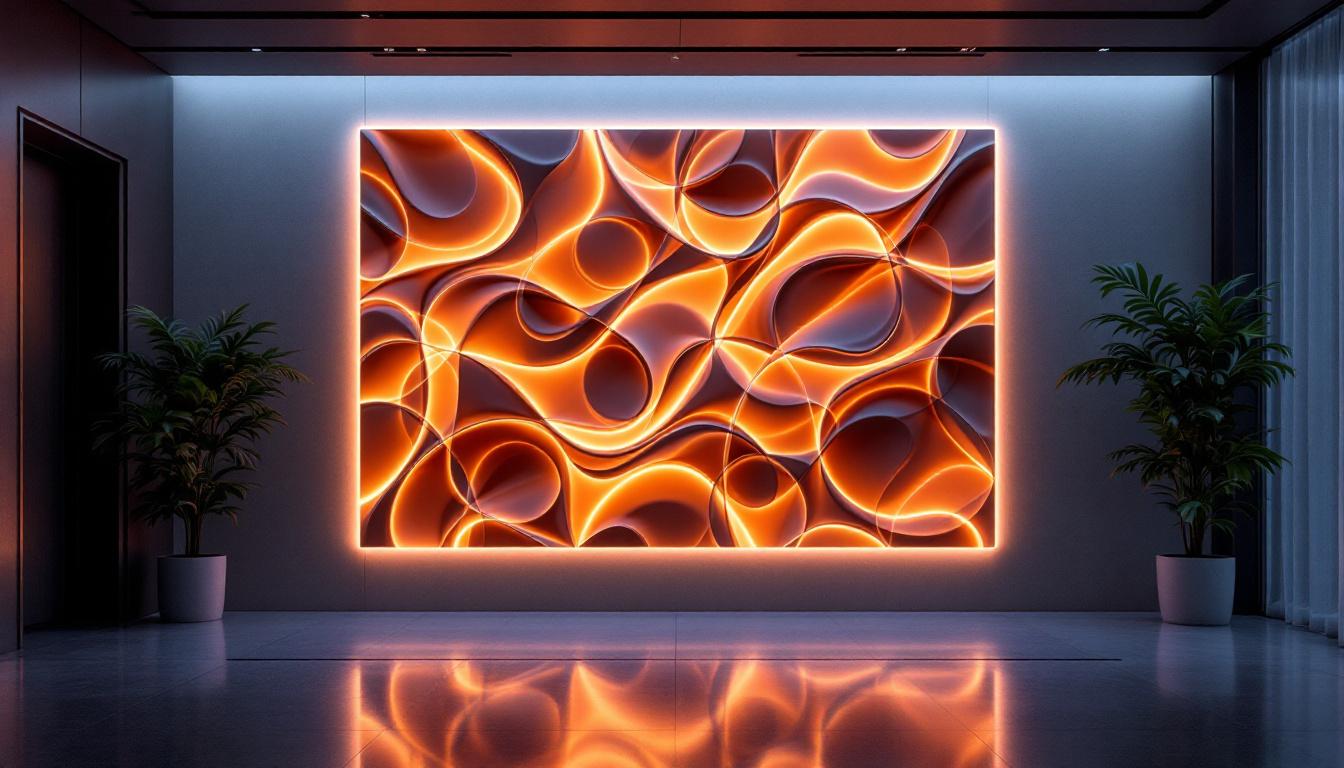In the rapidly evolving world of digital signage and display technology, LED displays have become a cornerstone for delivering vibrant, dynamic, and engaging visual content. Among the various innovations in this field, Sphere Pixel LED displays stand out for their unique design and application versatility. This article delves deep into what Sphere Pixel LED displays are, how they work, their advantages, and why they are becoming increasingly popular across diverse industries.
Understanding Sphere Pixel LED Displays
At its core, a Sphere Pixel LED display is a form of LED screen where each pixel is represented by a spherical LED module rather than the conventional flat or rectangular LED diodes. These spherical pixels create a distinctive visual effect that offers enhanced viewing angles and a more immersive experience.
Unlike traditional LED panels that rely on flat surfaces, Sphere Pixel displays use tiny spherical bulbs arranged in a grid. This design allows for light to be emitted in multiple directions, significantly improving the display’s visibility from various angles. The spherical shape also contributes to a more uniform light distribution, reducing hotspots and glare that can sometimes occur with flat LEDs.
How Sphere Pixels Work
The technology behind Sphere Pixel LED displays involves embedding individual spherical LEDs into a matrix that can be controlled digitally. Each sphere acts as a single pixel, capable of producing a wide range of colors through the combination of red, green, and blue light-emitting diodes inside the sphere.
These spherical pixels are connected to a control system that manages brightness, color, and timing, enabling the display to show high-resolution images, videos, and animations. The spherical design also allows for innovative display shapes, including curved and 3D structures, which are difficult to achieve with traditional flat LED panels.
The versatility of Sphere Pixel LED displays extends beyond mere aesthetics; they are increasingly being utilized in various applications, from advertising and entertainment to art installations and architectural features. For instance, in concert venues, these displays can create dynamic backdrops that enhance the overall experience for the audience, immersing them in a visual spectacle that complements the music. Similarly, in retail environments, Sphere Pixel displays can attract customers with vibrant, eye-catching visuals that stand out from conventional advertising methods.
Furthermore, the energy efficiency of Sphere Pixel technology is another significant advantage. These displays often consume less power compared to traditional LED screens, making them a more sustainable choice for businesses looking to reduce their carbon footprint. The longevity of the spherical LEDs also means that maintenance costs are typically lower, as they require less frequent replacements. This combination of visual impact and operational efficiency makes Sphere Pixel LED displays an appealing option for a wide range of industries seeking to innovate their visual communication strategies.
Advantages of Sphere Pixel LED Displays
Sphere Pixel LED displays offer several benefits that make them an attractive choice for various applications. Their unique design and technology provide advantages in terms of visual quality, flexibility, and durability.
Superior Viewing Angles and Visual Impact
One of the most significant advantages of Sphere Pixel displays is their exceptional viewing angles. The spherical LEDs emit light omnidirectionally, which means the display looks bright and clear from almost any angle. This is particularly beneficial in environments where viewers are spread out across a wide area, such as stadiums, concert venues, or large retail spaces.
Moreover, the spherical shape enhances the overall visual impact by producing more vivid colors and smoother gradients. This results in images that appear more lifelike and engaging compared to traditional flat LED displays.
Design Flexibility and Customization
Sphere Pixel technology enables designers and engineers to create displays in unconventional shapes and sizes. Because the pixels are spherical and can be positioned in various orientations, it’s possible to build curved screens, spherical displays, and even freeform installations.
This flexibility opens up new possibilities for creative advertising, architectural integration, and immersive experiences. For example, Sphere Pixel displays can be wrapped around columns, integrated into art installations, or used to create eye-catching 3D signage that captures attention in ways flat screens cannot.
Durability and Environmental Resistance
Many Sphere Pixel LED displays are designed with robust materials that make them suitable for both indoor and outdoor use. Their spherical modules are often encased in protective coatings that resist dust, moisture, and physical impact.
These features ensure that Sphere Pixel displays maintain their performance and visual quality even in harsh environments, making them ideal for outdoor advertising, public spaces, and events where weather conditions can be unpredictable.
Applications of Sphere Pixel LED Displays
The unique characteristics of Sphere Pixel LED displays have led to their adoption across a wide range of industries, from entertainment and advertising to architecture and public information systems.
Entertainment and Events
In the entertainment industry, Sphere Pixel displays are used to create immersive stage backdrops, interactive installations, and dynamic lighting effects. Their ability to produce vivid visuals with wide viewing angles makes them perfect for concerts, festivals, and theatrical productions where audience engagement is crucial.
For example, major music festivals have incorporated Sphere Pixel displays into their stage designs to deliver captivating visual experiences that complement live performances. The spherical pixels allow for unique lighting effects that enhance the atmosphere and energy of the event.
Advertising and Retail
Retailers and advertisers increasingly leverage Sphere Pixel LED displays for eye-catching signage and promotional content. The high brightness and wide viewing angles ensure that advertisements are visible and impactful even in busy, crowded environments.
Shopping malls, airports, and urban centers use Sphere Pixel displays to showcase dynamic content that attracts customers and drives engagement. The ability to customize the display shape also allows brands to create memorable installations that stand out from traditional billboards and flat screens.
Architectural Integration
Architects and designers use Sphere Pixel LED technology to integrate digital displays into building facades and interior spaces. The flexibility of spherical pixels enables seamless blending of digital content with architectural elements, creating visually stunning environments.
Examples include curved digital walls, spherical display domes, and interactive art pieces that respond to environmental cues or user interaction. These installations not only enhance the aesthetic appeal of buildings but also provide functional benefits such as wayfinding and information dissemination.
Public Information and Transportation
Sphere Pixel displays are also employed in public transportation hubs, stadiums, and city centers to provide real-time information, directions, and emergency alerts. Their visibility from multiple angles ensures that messages reach a broad audience effectively.
For instance, airports have adopted spherical LED displays in terminals to offer flight information and advertising simultaneously, improving passenger experience while generating additional revenue streams.
Technical Considerations and Challenges
While Sphere Pixel LED displays offer many advantages, there are technical considerations and challenges that must be addressed to maximize their effectiveness.
Resolution and Pixel Pitch
The resolution of a Sphere Pixel display depends on the size and spacing of the spherical pixels, known as the pixel pitch. Smaller pixel pitches result in higher resolution and finer image detail but also increase the cost and complexity of manufacturing.
Balancing resolution with viewing distance and application requirements is essential. For example, large outdoor displays intended to be viewed from a distance can use larger pixel pitches without compromising image quality, whereas indoor displays require finer pitches for close-up viewing.
Power Consumption and Heat Management
Spherical LEDs can consume more power than flat LEDs due to their design and omnidirectional light emission. Efficient power management and heat dissipation are critical to ensure longevity and stable performance.
Manufacturers often incorporate advanced cooling systems and energy-efficient components to address these challenges, but it remains a key factor in the overall design and operational cost of Sphere Pixel displays.
Installation and Maintenance
Installing Sphere Pixel LED displays can be more complex than traditional flat panels, especially for curved or 3D configurations. Precise alignment and secure mounting are necessary to maintain image quality and structural integrity.
Maintenance also requires specialized knowledge and tools, as replacing individual spherical pixels or modules may be more intricate. However, modular designs and improved manufacturing techniques are making maintenance increasingly manageable.
The Future of Sphere Pixel LED Displays
As LED technology continues to advance, Sphere Pixel displays are poised to become even more versatile and widespread. Innovations in miniaturization, energy efficiency, and smart control systems will enhance their performance and reduce costs.
Emerging trends such as augmented reality (AR) and the Internet of Things (IoT) are also expected to integrate with Sphere Pixel displays, creating interactive and context-aware environments. Imagine urban spaces where spherical LED installations respond dynamically to weather, traffic, or social media trends, offering personalized information and entertainment.
Furthermore, sustainability considerations are driving the development of eco-friendly materials and energy-saving technologies within the Sphere Pixel ecosystem, aligning with global efforts to reduce environmental impact.
Conclusion
Sphere Pixel LED displays represent a fascinating evolution in digital display technology, combining innovative design with practical advantages that address many limitations of traditional LED screens. Their superior viewing angles, design flexibility, and durability make them suitable for a wide array of applications, from entertainment and advertising to architecture and public information.
While technical challenges remain, ongoing advancements are steadily overcoming these hurdles, paving the way for broader adoption and new creative possibilities. For businesses and organizations looking to make a lasting visual impact, Sphere Pixel LED displays offer a compelling solution that blends technology, art, and functionality.
Discover LumenMatrix’s Innovative LED Solutions
Ready to elevate your visual displays with cutting-edge technology? Explore LumenMatrix’s diverse range of LED display solutions, from vibrant Indoor and Outdoor LED Wall Displays to dynamic Vehicle and Sports LED Displays. Embrace the future with our Custom, All-in-One, and Transparent LED options, designed to create unforgettable experiences and bring your vision to life. Don’t just communicate—captivate with LumenMatrix. Check out LumenMatrix LED Display Solutions and transform your space today.





